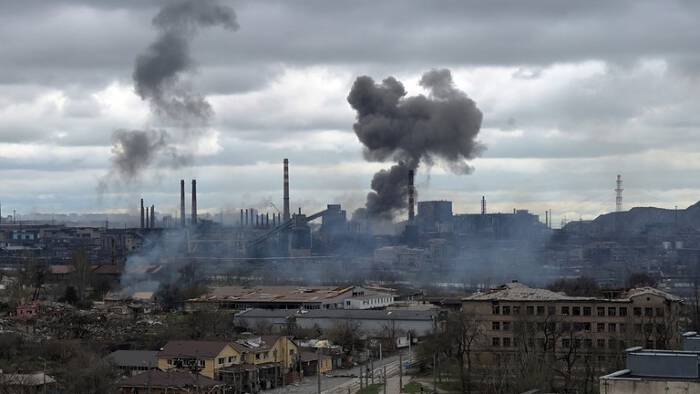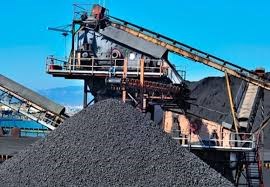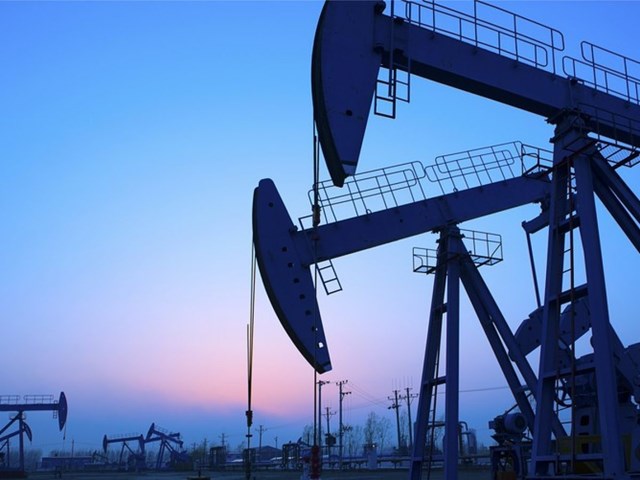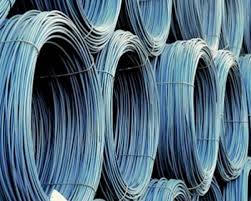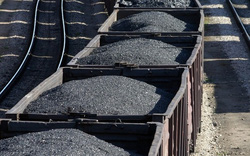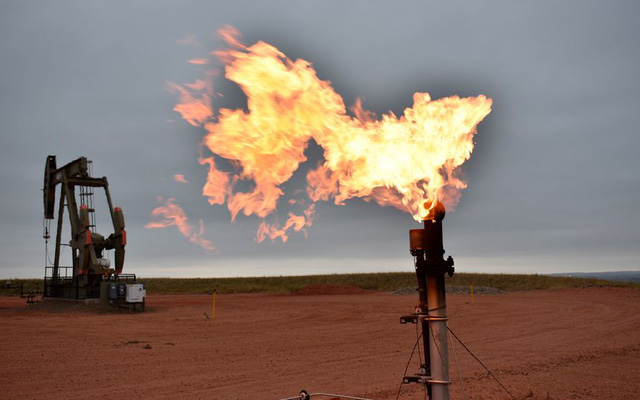The world’s largest energy consumer faces a huge challenge: overcoming power shortages, limiting price hikes, and keeping climate goals on track.
In Ordos, Inner Mongolia (China), drones soar over many congested roads. Meanwhile, police officers were trying to coordinate hundreds of trucks loaded with coal over the course of several days.
Congestion has disrupted the city as the most important coal mining hub in the world. This shows that the world’s leading energy consuming market is facing huge risks while trying to control the energy crisis. Some economists warn these difficulties could hold back global growth.
For more than a month, energy shortages have spread across China’s steel, aluminum and cement manufacturing hubs. The price of coal, a fuel that produces nearly two-thirds of the country’s electricity, has also increased rapidly. As winter approaches, demand is likely to surge and Chinese authorities are stepping in to intervene.
Reverse emission reduction target
Beijing is reversing efforts towards clean energy and safety standards by “reviving” old and dirty coal mines, keeping electricity prices under control for industrial zones. In addition, the country is also considering increasing foreign fuel imports, although trade relations with countries such as Australia and the US remain strained. Even so, these measures do not appear to be drastic enough.
The Chinese government also asked coal mining companies to use all means to boost output, calling for the supply of more than 12 million tons of fuel per day in the last three months of the year. This equates to an additional 100 million tons, roughly the amount Glencore produces each year.
“China could see winter power shortages, at their worst since 2010. This will increase the risk of inflation and recession and the risk of a recession,” said Tracy Liao, an analyst at Citigroup. growth pressures on the Chinese and global economy, energy prices will move higher, and the commodities sector will see broader shortages.
A coal mine in Inner Mongolia.
Senior managers from State Power Investment Corp. – one of China’s largest power companies, representatives of Guizhou province and coal supplier Shenhua Energy had a meeting late last month. The aim was only to increase production by 30,000 tons when the mining company said it could not guarantee the output to increase too high.
Power companies in other areas have had to “run around” between mines in an effort to secure supply and meet government demands that coal plants maintain enough fuel for seven years. day. Even companies that accept high prices feel discouraged, because the amount of coal mined is not enough.
China increased coal production despite a target to reduce fossil fuel consumption from 2026. It is the only major emitter to record higher emissions in 2020 than a year ago. This is also an issue when climate talks will begin in the next few days.
Proposing to resume import activities with AustraliaIn Inner Mongolia, the expansion of more than 70 coal mines was approved this month. According to a source close to the matter, jobs that normally take months to complete must now be completed in just a week. Those tasks include planning to increase capacity without causing landslides in open pit pits.
Some industry executives warn that boosting output could come at the cost…with their lives. One factor that reduces supply in China is that they are forced to introduce stricter safety standards, after a series of unfortunate incidents at mining sites. The opening of new zones requires careful preparation to ensure safety.
There are some early signs that these measures have worked. In Ordos, mining production has increased by about 11% month-on-month and in recent days the area has produced the most coal of any mining center. Inactive mines will restart in just a few weeks and some locations will exploit unused capacity.

Workers inspect coal cutters at Ordos.
However, production still needs to increase at a faster rate to keep up with demand. Some industry insiders estimate the gap between supply and demand for coal in China this year will be around 350-400 million tonnes.
Currently, coal imports from Indonesia are on the rise and some observers expect a higher supply from Mongolia as well. Some Chinese officials have proposed lifting the ban on coal imports from Australia, although it has not been approved in the context of the relationship between the two countries has not changed positively.
However, the amount of coal imported from abroad accounts for only a small part of China’s demand. Total imports reached about 304 million tons last year, when domestic production was about 3.8 billion tons.
Therefore, Yu Zhai, an analyst at Wood Mackenzie, said that China’s energy-intensive industries are still struggling, and the output of industries such as steel and cement may drop by 30% by the end of this year.
In addition, higher electricity prices also increase inflationary pressure on Chinese factories. Meanwhile, controlling the rise in coal prices only partially works.
Coal futures began to fall after rising from $131/ton in early September to more than $300/ton earlier this week. However, actual prices remain at record highs and are hard to change amid continued scarcity.
This makes China’s energy crisis dependent on how much miners “race” to dig for coal. Furthermore, cold winters can make the situation even more stressful. As trucks lined up at mines in Inner Mongolia, many people elsewhere in the region still had to turn on their heating earlier than before due to snowfall.
Refer to Bloomberg
T&G International Joint Stock Company
Address: 352 Hue Street, Le Dai Hanh Ward, Hai Ba Trung District, Hanoi
Hotline: 0345786803
Email: hrm@tginterjsc.com
Website: http://tginternationaljsc.com




